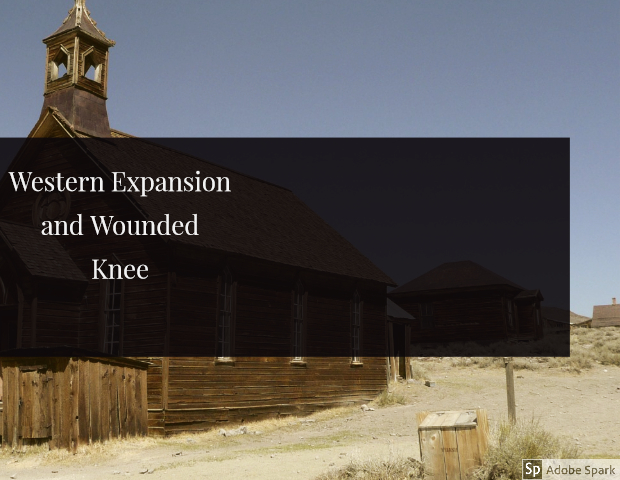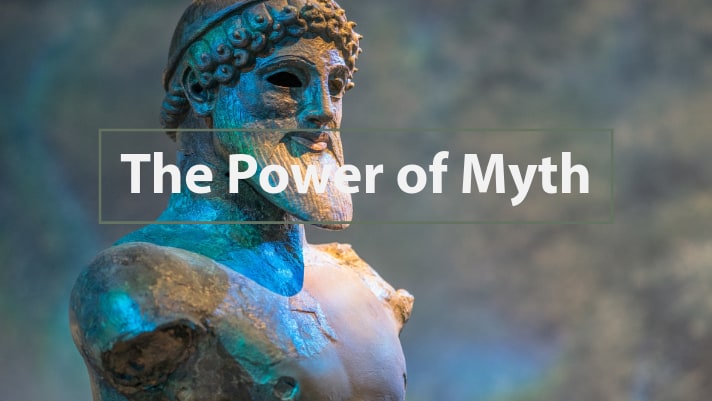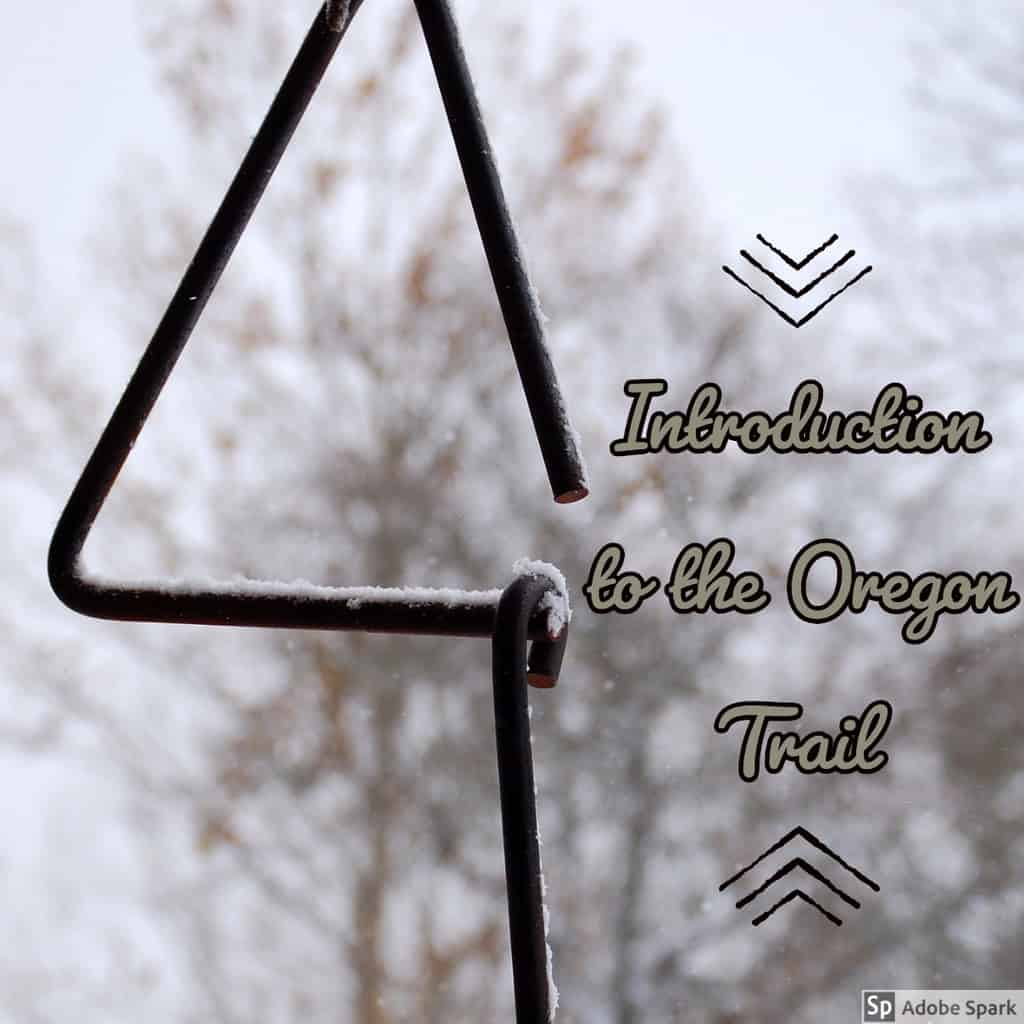This lesson was designed for a high school class going over Western Expansion. In particular, this lesson will be used to teach students on the plights of the Native Americans of the time and the attitudes towards Native Americans as well as the mythology that steeped the old west.
This lesson would be in the middle of our westward expansion movement and would cover conflicts with Native Americans as well as a broad overview of the movement westward. I feel that this adds a new layer onto existing lessons which typically focus on the wagons trains and settlers moving west rather than talking about what happened to the people that lived there in the first place.
This lesson was created using Edpuzzle by inserting a crash course on western expansion and littering it with open ended questions both on the movement west and the treatment of Native Americans. The lesson follows the crash course and asks open ended questions in intervals throughout the video. This allows students to follow the video and answer question simultaneously.
Students will be answering the following questions:
- How do you think the west was mythologized? does it continue today?
- What was the promise of moving westward?
- What is one reason Green cites as being a point of conflict between the Native Americans and settlers?
- Was Native American resistance purely violent? What was formed around 1890 as a form of resistance?
- What was a key point of the Dawes Act? Was this a common theme in American’s views on Native Americans?
- How did the US government set to assimilate the Native Americans?
- What is partial responsible for the image of the cowboy and why?
I really like the idea of Edpuzzle as it adds an interesting dynamic to watching videos in the class by allowing teachers to pose questions during the video itself. I think this is a vast improvement over giving a study guide and simply watching videos and answering questions. It allows students to take apart the video at their leisure which is a vast change from the “you missed it, move on” model of watching videos in a classroom usually.




